Med Vet Entomology Midterm
1/203
There's no tags or description
Looks like no tags are added yet.
Name | Mastery | Learn | Test | Matching | Spaced |
|---|
No study sessions yet.
204 Terms
Entomology
the study of insect→ segmented animals (insects, anthropoids)
from the greek “entomb” meaning “cut up or divided into segments”
Idiosoma (ticks)
internally segmented - fused together
Basic Characteristics of Anthropoids
anthropods: animals that have articulated legs
external skeleton: provides support + protection for the animals
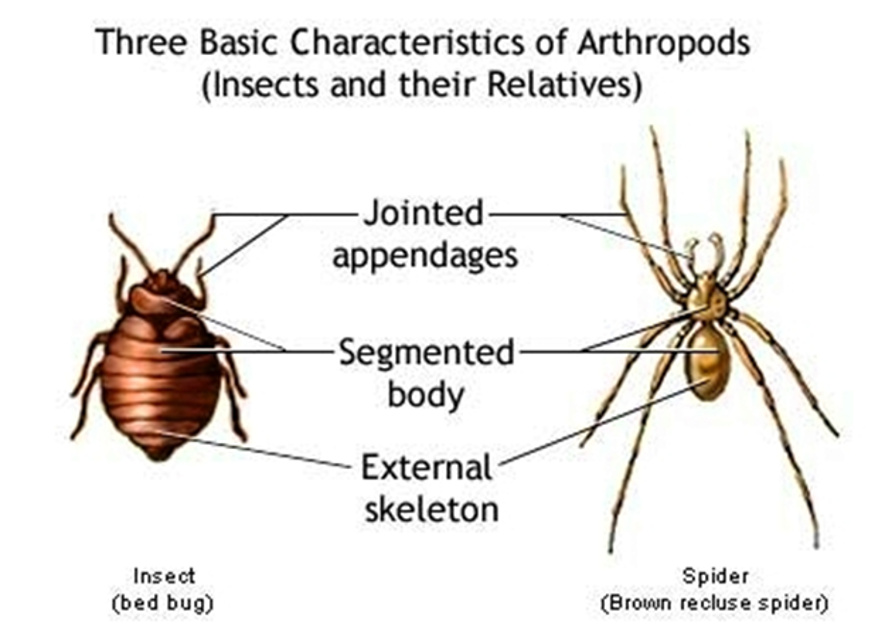
what are the types of problems caused by anthropods
annoyance/nuisance
toxins and venoms
disease: destruction of host tissues (ie screwworms)
myiasis→done by fly larvae
vector-borne diseases
food contamination (disease)
allgeric reactions
physiological stress
fear
delusional disorders (morgellons disease)
morgellons disease
belief that the skin is infected by bugs (skin lesions)
myisasis
parasitic infestation of the body of a live animal by fly larvae that grow inside the host while feeding on it tissue
toxins
chemicals that interfere with normal physiological structures
venoms
poisons injected by specialized morphological structures
what is the most important order
diperta
what is special about the Chiggers/Trombidiformes in Class Arachinida?
only parasitic through their larvae stage
Class arachnida
not all arachnids are parasitic through their entire life
the most dangerous animal
mosquitoes
725,00 people a year
malaria alone accounts for 600,000
What did Robert Koch do?
Koch’s postulates (1884)
germ theory od disease versus Miasma theory
what did Patrick Manson do?
founder of the tropical medicine field
role of mosquitoes in human elephantiasis (1877)
cased by a nematode (filiara) vector-mosquito
what did theobald smile do?
discover the causative agent of Texas cattle fever was vectored by the cattle tick (1883)
caused by a unicellular parasitic babesia
what did Ronald ross do?
described the life cycle of the parasites of malaria (1897)
what did Walter Redd do?
demonstrated the role of Aedes mosquitoes in the transmission of yellow fever (1900)
what did William Burgdorfer, Alan Barbour, and Jorge L. Benach do?
discovery of the agent of Lyme disease (1982)
Koch’s Postulates
way of proving that the pathogen is responsible for causing that disease in an animal
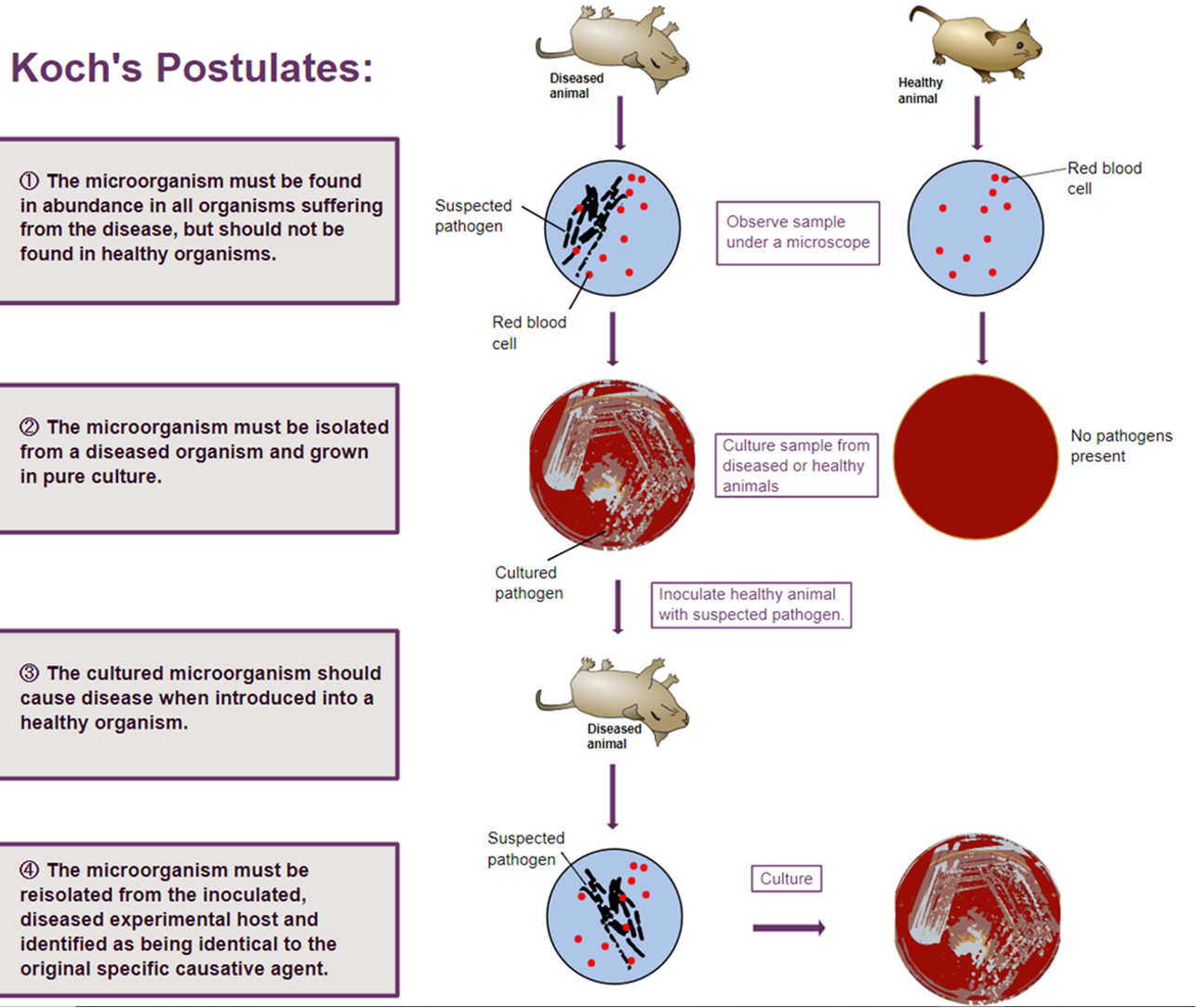
Major Human Vector Borne Disease
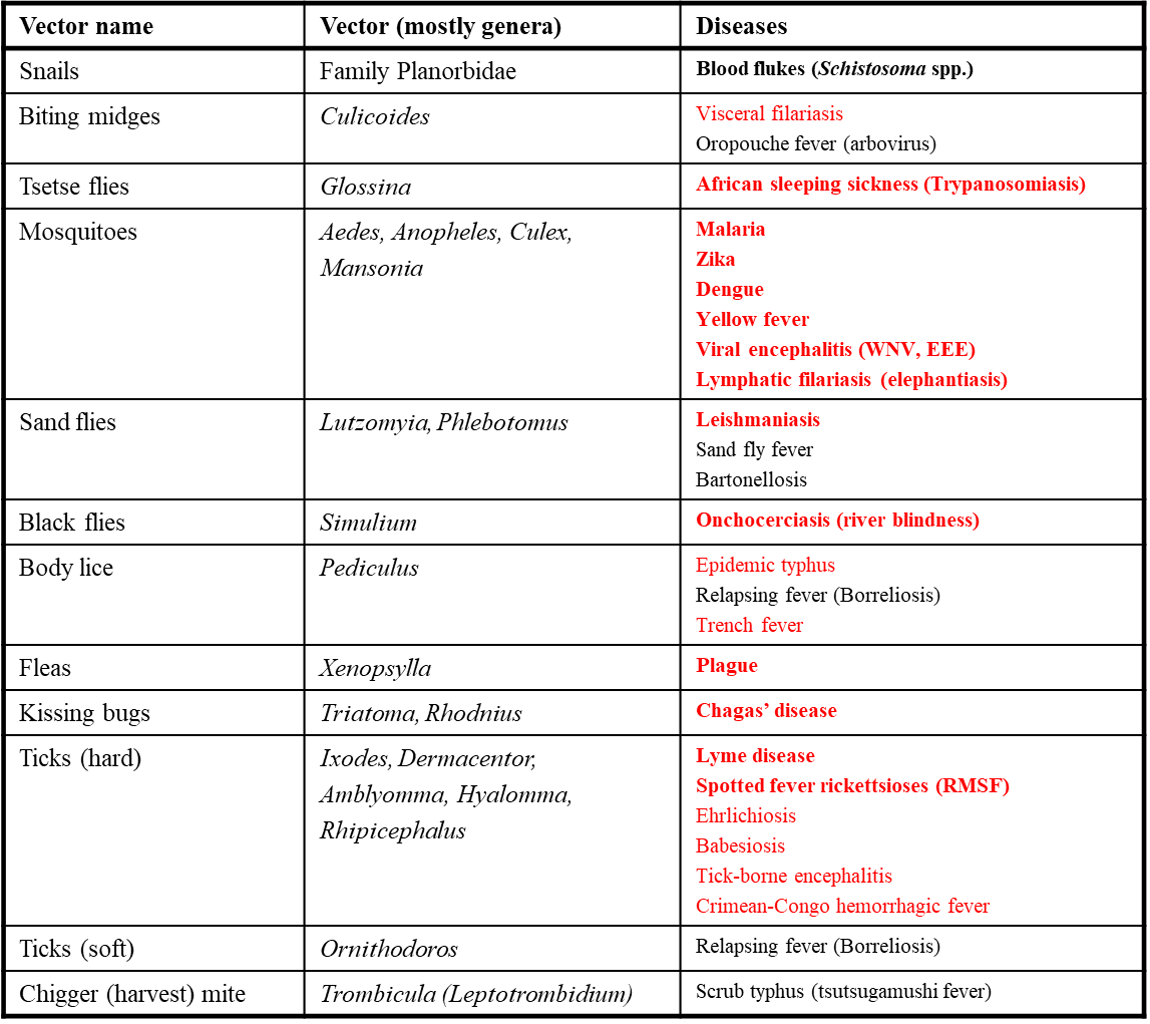
what is a vector-borne disease?
a disease transmitted by a vector
what is a vector?
an organism, typically a blood feeding arthropod, that transmits a pathogen from an infected host to a naive host
Mechanical vector transmission
picks up an infectious agent on the outside of its body and transmits it in a passive manner
biological vector transmission
transmission with a. vector carries pathogen to a host
propagative transmission (plague)
cyclodevelmental transmission (lymphatic filariasis)
cyclpropagative transmission (malaria)
propagative transmission (plague)
occurs when the organism ingested with the blood meal undergoes simple multiplication in the vector
cyclodevelopmental transmission (lymphatic filariasis)
the cause organism undergoes developmental changes from one stage to another but does not multiply in the vector
cyclopropagative transmission (malaria)
the agent reproduces and undergoes cyclical changes in the vector
Putative vector must
associate and feed on the reservoir/s and its seasonality should coincide with the incidence of vertebrate infection
be commonly found infected with the disease agent in question (in “field collections)
be shown to become infected experimentally
be shown to be capable of transmitted the disease to an uninfected host (under controlled conditions)
vector competence
refers to the ability of the arthropods to acquire, maintain and transmit a pathogen
needs to survive in the vector species
vector needs to be able of maintaining the pathogen for biological transmission to happen
Vectorial capacity
is an equation that accounts for the major factors of pathogen transmission by mosquitoes and is defined as the average number of new vertebrate infections per day resulting from an initial index case
the ratio of mosquitos to human (m)
human biting rate (a)
mosquitoes survival through one day (p)
the time that pathogen require to go from the mid gut to the salivary glands
pathogen latent period (n)
number of mosquitoes
survivorship
feeding frequency and type
only female require a blood means →needs energy to produce eggs
males do not bite
bridge vector
organism typically a biting anthropod, that transmits a pathogen from one animal host to another human
enzootic vector
organism typically a biting arthropod that transmits a pathogen from one animal host to another animals
Risk Probability of human infection
Risk = A x Fm X P x Cv
A = vector abundance
Fm = fraction of human blood meals
P = infection prevalence in the vector
Cv = fraction of infected mosquitoes that will transmit the disease by a subsequent bite = vector competence
endemic
refers to a disease regularly occurring in people within an area or community
transmission is stable → does not change over time
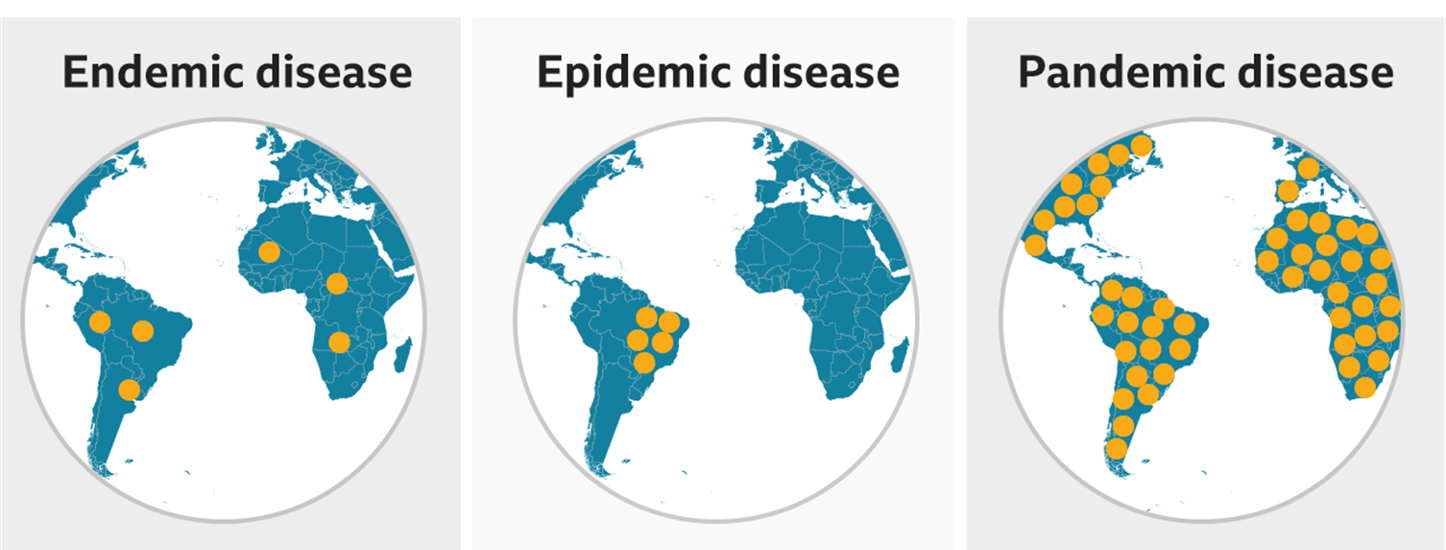
epidemic
is the rapid spread of disease to a large number of patients among a given population within an area in a short time
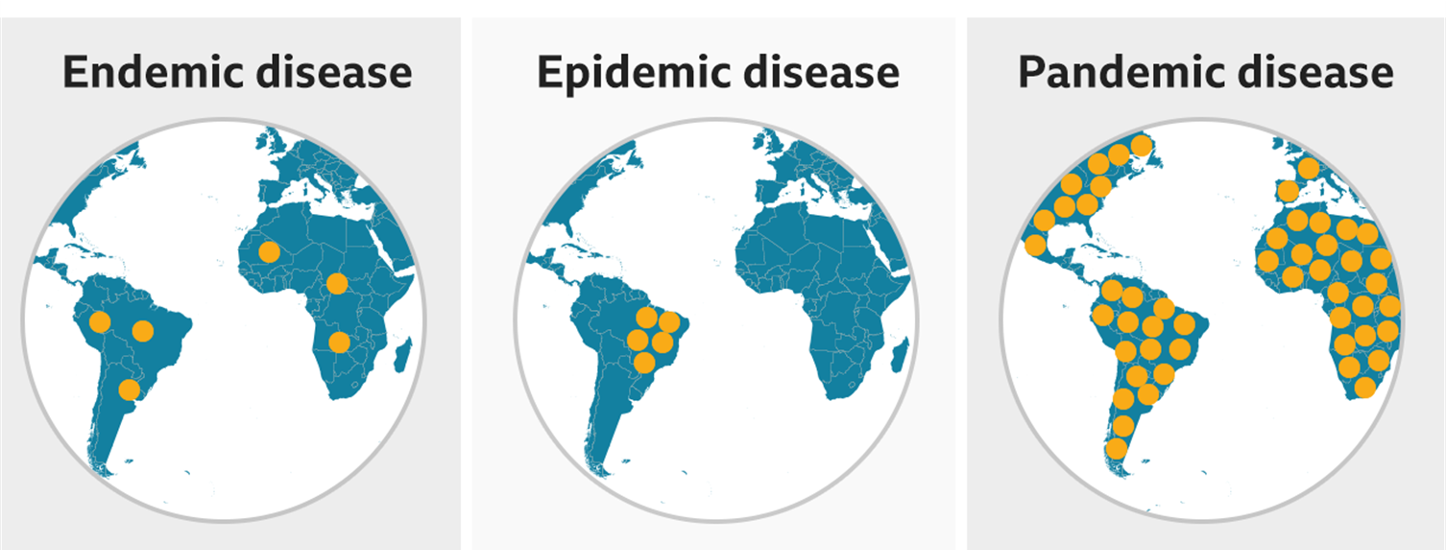
Pandemic
is an epidemic of an infectious disease that has spread across a large region of instance, multiple continents or worldwide, affecting a substantial number of individuals
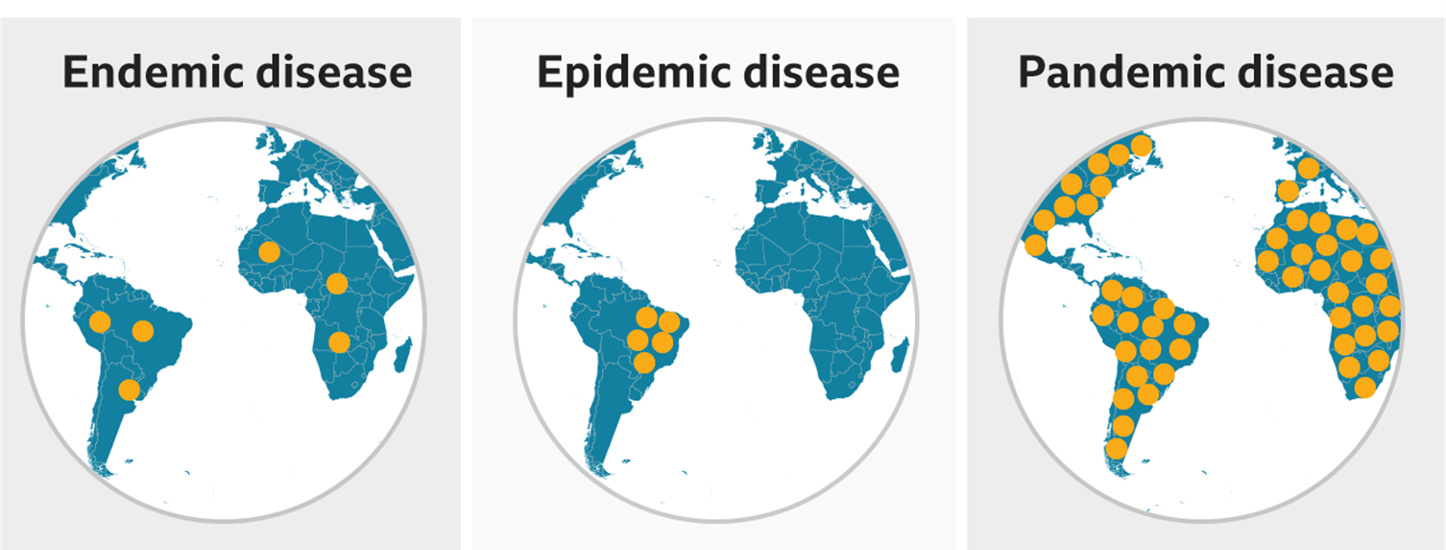
enzootic
refers to a disease involving non-human animals in a specific geographical area where the disease is constantly present at a low incidence
Epizootic
is the rapid spread of disease to a large number of patients among a given population within an area in a short time
culex
gnat
mosquito
little fly
Morphological differences between anopheline and culicinae

Anopheles Gambian complex (anthrophophilic)
malaria
human filariasis
-endophilic
-endophagic
Anopheles arabiensis
drier climates
culex pipiens
close group of domestic and peridomestic species
west Nile
St. Louis encephalitis
bird malaria
temperate climates: Cx. pipiens form molestus (underground, autogenous) tropical and subtropical Cx quinquefasciatus
Aedes spp.
denge
chikungunya
zika
yellow fever
Aedes aegypti
yellow fever mosquito
feral form (formosus) aegypti Vs domestic aegypti
Aedes albopictus (asian tiger mosquito)
cold hardy egg-diapausing strain is invasive
anthropophilic
referring or seeking a human host over another animal.
supplement
used to describe parasites that prefer or seek human as host rather than other animals
endophilic
is a mosquito that tends to inhabit/rest indoors
endophagic
is a mosquito that feeds indoors
Mosquito Eggs
Anaopheles: lateral floats → eggs laid individually on water
Aedes: No floats → eggs laid individually beside water
Culex: No Floates → eggs laid in rafts on water
Mosquito Larvae
Anapheles: No siphon → rest parallel to water surface
Aedes: siphon → rest at angle to water surface
Culex: siphon → rest at angle to water surface
autogenous
a blood feeding species that can lay eggs before feeding
Morphology Pupa
breathing trumpets
not possible to determine genus at this stage
Area for Aedes species
Aedes aegypti: tropical
has permanent temperate populations
Aedes albopictus: tropical and temperate
some can undergo photoperiodic-induced diapause to survive cold winters
Aedes j. japonicus: temperate
indroduced mosquitoes. to Hawaii
bird malaria was introduced in Hawaii, it harmed the native species because their immune system does not have a history of fighting of the pathogen
What group is no longer alive?
trilobites is not longer present→ extinct.
-they are the one group
Phylum Arthropoda
is the largest in the animal kingdom
Characteristics:
exoskeleton (hardened plates with flexible joints)
articulated appendages
segmentation
open circulatory system
hemolymph
specialized excretory structures, Malpighian tubules →collect the product of metabolic waste
What is the exoskeleton made of?
predominantly of chitin (a nitrogenous polysaccharide = polymer of n-acetyl-glucosamine)
Exoskeleton
is an external skeletons that supports and protects an animals body
protection against predator
support: it provides an attachment framework for muscles
protects against desiccation
all the muscles are anchored to the exoskeleton
Limitations of Exoskeleton
Ecdysis
the cuticle
empty exoskeleton
after molting, the cuticle is soft and it hardens and darkens
cuticle grows via fluid or air
repairs damaged tissue
can regenerate a missing appendage or tissue
Ecdysis
is the molting of the cuticle in many invertebrates
the cuticle
is an inelastic ( can’t extend) exoskeleton
exuvia/exuviae
empty exoskeleton
tanning process
the period it takes for the cuticle to harden and darken
during the process they are executable to predation
pore canals
ecytoplas’s extension of the epidermal cells that retract after molting, forming the canals
trichogen cell
produces cells to make hair
gland cell
expands themselves to produce the cells to produce cuticule
epicuticle
thin and made of 4 layers:
cuticulin layer
polyphenol layer (involving in tanning)
wax layer
importantly prevents the lost of water
cement layer
procuticle
mix of protein and chitin (nitrogenous poly saccharide = polymer of n-acetyl-glucosamine)
what happens after molting?
the procutcle differentiates into the endocuticle (soft and flexible) and exocuticle (hardness and rigidity/sclerotin)
Diatomaceous earth
is a fossilized remains of diatoms, a type of hard shelled microalgae
removes the wax layer →result lost pf water and they will die rapidly
hemolymph
has the same functions of he vertebrate blood and lymph combined (except that oxygen reaches cells through the tracheal system - CO2 dissolves and is excreted by the Malpighian tubes)
also acts as a physical force (hydraulic) to extend proboscis reproductive organs, molt
small arthropods might not need extra parts to move around hemolymph
venture diaphragm
helps mix the products of the hemolymph
heart portion of dorsal aorta & dorsal diaphragm Ostia
contract to help move the hemolymph in bigger arthropods
aorta
helps move around the waste to get out
hemocytes
cellular components (multifunctional cells)
would repair
detoxification
immunity
mites muscle system
primitive
they can’t extend their muscles they use their circulatory
use the hemolymph to shoot the part they want to extend
what part might microscopic insects lack from the respiratory system?
treacha system
change of oxygen is done through infusion system
taenidia
makes the structure stable
tracheole
allows oxygen ti reach all of the cell in their body
ametabola
most primitive wingless insects
all have driven from this one
there is almost no change in form throughout growth to the adult
Hemimetabolous
incomplete metamorphosis
distinct stages : the egg, nymph, and the adult or imago
no pupal stage
the nymph has a thin exoskeleton and resembles he adult stage but lacks sings and functional reproductive organs
Holometabolous
complete metamorphosis
prevents larvae from competing with a adults because they inhabit different ecological niches
larval traits maximize feeding, growth, and development
adult traits enable dispersal, mating and egg-laying
Morphological adaptation of parasitic arthropods: body, shape, wings
modify body parts to facilitate movement on the host
ectoparasites with a long term close association with host: dorsoventral (bedbug, ticks)
lateral flattening (fleas)
wings (tabards, lice, louse flies) →not pessary to parasite insects
Morphological adaptations of parasitic arthropods: mouthparts
adapted to feed on blood, hemolymph, skin secretions (moth part adapted for piercing) or skin, feathers, skin scales (chewing mouthparts)
temophages (pool feeders) → horse flies
solenphages (capillary feeders) → mosquitoes
mouthparts can change during the stages of growth
myiasis
is the parasitic infestation of the body of a live animal by fly larvae (maggots) that grow inside the host while feeding on its tissue
animal has to be alive
what are the two main fly families that can cause myiasis
Calliphoridae (blow flies)
have free metallic exoskeleton
Muscidae (house flies, stable flies)
How do they cause myiasis?
flies are most commonly attracted to open wounds and urine or feces soaked fur
some species (botfly, blowfly, and screw fly) can create an infestation on unbroken skin
vector mediated
trap a sucking vector and they eggs on it, the eggs attracted to the vector will lay on the host and it can get into the tissue during a vector blood meal
Psudomyiasis or accidental myiasis
caused by free-living flies that can become parasitic under rare conditions
ex: ingestion of food contaminated with eggs or larvae
cannot develop in the host
facultative myiasis
involves larvae that can be either free-living, detritivores or parasites→opportunistic flies
ex: maggots of blow flies which normally feed on carrion
primary myiasis
involve those species that can initiate myiasis
secondary myiasis
involve species that cannot imitate by continue myiasis
may feed on carrion
tertiary myiasis
species that join primary and secondary species at or right before host death
free living species that feed on carrion
obligatory myiasis
maggots are always parasitic
require a living host for their developent
Ex: screwworms and bot flies
Temporary myiasis
intermittent contact between a fly larva and its host
nestling maggots and floor maggots
maggots get on the host → feed on the host→ leave the host→ come back when hungry
incidental myiasis
parasitism of an atypical host by obligate myiasis producing fly
What animals did Philornis drowns fly invade in the early 1960s?
finches in the Galapagos islands
What do fly larvae get out of myiasis?
exploiting a rich protein source by larva for development
for adults → reproduction
accumulate resources early on
dietary proteins are required for growth, development and egg production
proteins can be obtained by larvae, adults or both
Myiasis in Humans
relatively uncommon
occurs seasonally and sporadically in temperate regions and during the wet seasons in the tropics
In South America several hundred human cases by the New World screworms (cochliomyia hominivorax → perfers humans) have been reported
some Africans countries show a high prevalence of furuncular myiasis by cordylobia anthropophaga → eats humans
most human cases of facultative or obligatory myiasis are only temporary or are aborted because humans are not suitable host
maggots do not complete their development in people because they are interrupted by self-grooming or medical intervention